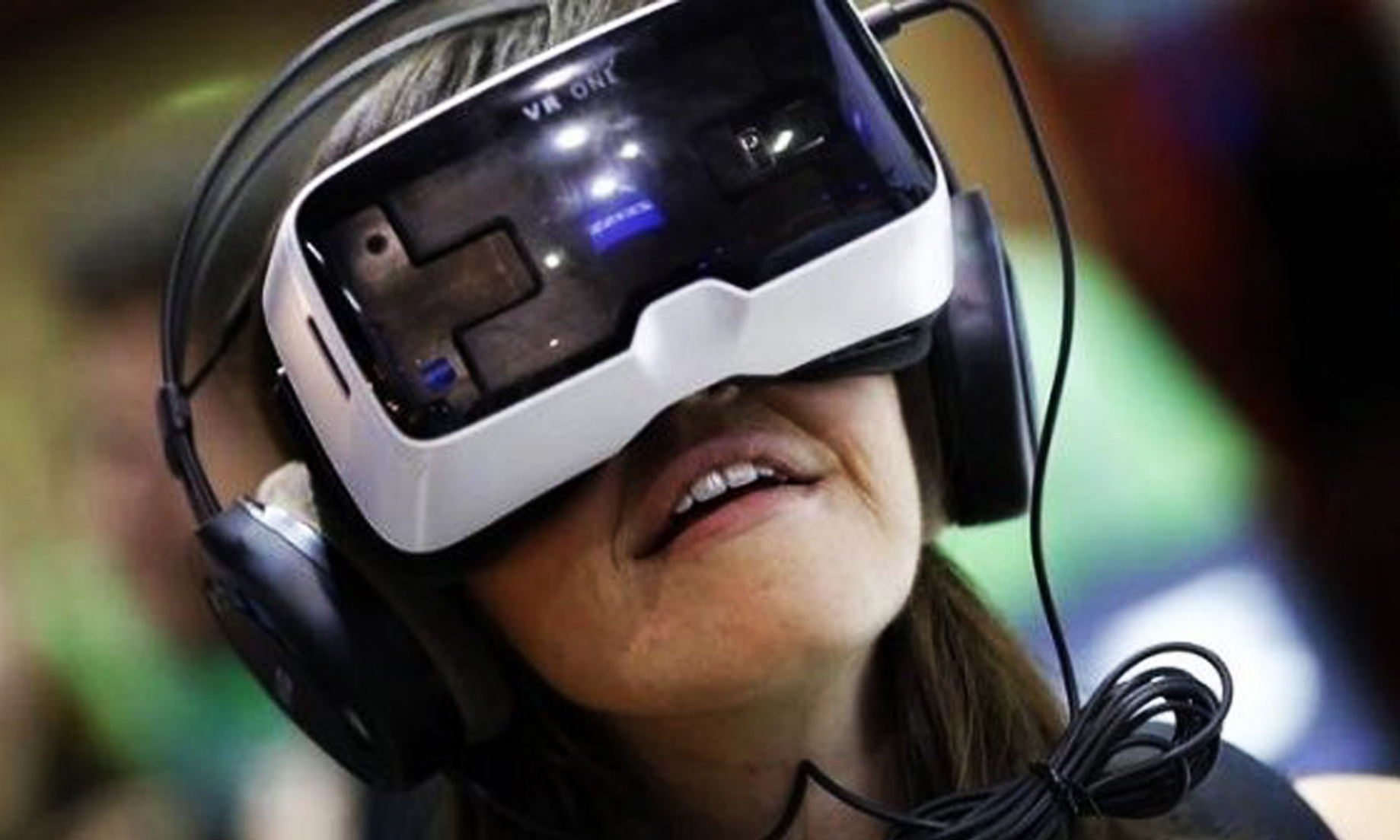
LONDON, June 26 (NNN-TELESUR) – Virtual reality is changing the face of science for medical researchers who have now created new drugs to combat diseases such as cancer, Parkinson’s, as well as some forms of addiction.
Borrowing its digital platform from the popular game, Fortnite, chemists have developed their own interactive program called 4Sight which allows them to manipulate complex molecules and monitor their response to stimuli.
“The software is the same as a game. We have a user base, we’re trying to get them to do tasks over and over again. And we’re trying to do it in a fun and intuitive fashion,” video game developer Phil Muwunga said, hired by the drug research company, C4X Discovery.
Through this procedure, they are able to build new combinations of molecules faster and chart the reactions with reduced risk of error. In the past, researchers were tasked with using enlarged physical models and calculate the likely outcomes with pen and paper.
The developer’s objective was to code and design the tool which essentially allows chemists visualize small molecules and scientific data in 4-D (space, time, length, width, and depth.)
“We are making a scientific tool that scientists will use to improve their daily lives. That being said I am from the games industry and I do treat this as a game — people interact with it in the same way,” the game developer said.
Craig Fox, C4X Discovery’s chief scientific officer, said that by “moving molecules around that are very complicated is so much easier by grabbing them than by trying to use a mouse on a keyboard.”
Now the company hopes the virtual reality tool will allow scientists from around the world collaborate inside the virtual laboratory to potentially increase the production speed of new drugs and treatments and train the next generation of researchers.
NNN-TELESUR






